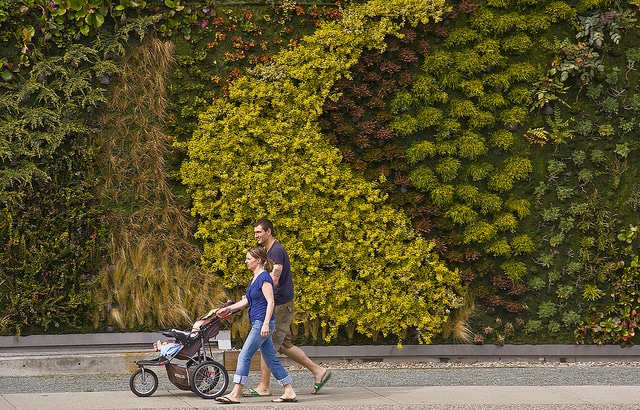According to Think Global Green, a website dedicated to informing the public on global warming, rain forests once covered 14% of the earth’s land surface; now they cover a mere 6% and experts estimate that the last remaining rain forests could be consumed in less than 40 years.
Rain forests have been devastated by the use of paper pulp. The National Resources Defense Counsel claims that: the greatest cause of global warming is deforestation.
Check Out The Deforestation Videos
Whats Environmentally Friendly Paper?
Paper sourced from alternative fibers such as sugar cane husks, bamboo, reed and grass
100% post-consumer waste (recycled paper)
Paper that has minimal pulp & paper making emissions and does not use chlorine bleaching
Why is treeless paper so important?
Energy Savings from deforestation
Salvation of millions of trees that are cut down annually for paper production
Reduction in landfill solid waste
Since 1989, Trees for the Future has been helping communities around the world plant trees. Through seed distribution, agroforestry training, and country programs, they have empowered rural groups to restore tree cover to their lands. Planting trees protects the environment and helps to preserve traditional livelihoods and cultures for generations.
About Trees for the Future
They are an agroforestry resource center, working with people to improve livelihoods and restore degraded lands to sustainable productivity through planting beneficial trees.
Planting trees in agroforestry systems provides a myriad of benefits, such as food; forage for animals; sustainable fuel wood and construction materials; increased agricultural yields; improved water infiltration and aquifer recharge; and protection of soils from wind and water erosion. However, planting trees can be difficult when the canopy has disappeared, topsoil has been eroded, and the climate and growing conditions have changed.
Through their network of technicians, volunteers, and community leaders world-wide, their program reaches out and provides the knowledge and ability to rehabilitate the environment. Since 1988, Trees for the Future has helped thousands of communities in Central America, Africa, and Asia improve their livelihoods and their environment by planting nearly 65 million trees. They calculate that these trees remove over one and a half million tons of CO2 from the atmosphere each year.
They educate students and communities about global issues, the role in the environment, and energy efficiency. Help planting trees and working on limiting the amount of deforestation in the USA and worldwide is a worthy cause. Trees are helping to regulate the toxins we create and filter unwanted waste materials from our air supply.
If you find a way to get involved locally, nationally or internationally, you’ll find the rewards far out-way the efforts. Our childrens’ future depends on what we do today to conserve and how we structure our sustainability goals towards their future.
Teaching our children to become good stewards of our planet is best done by example. Recycling waste at home and cleaning up after ourselves is a good start. But, better than that, let’s teach our children to become better at cleaning up the environment and maintaining a healthy planet. Chemicals and pesticides, deforestation, air pollution, animal protection and reclamation.




